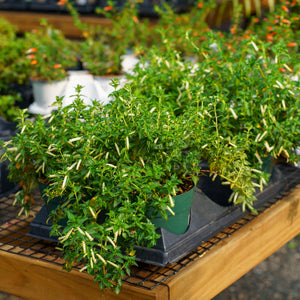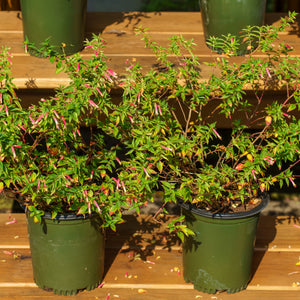The Cuphea Guide
Cuphea is a vibrant, heat-loving annual or tender perennial known for its tubular flowers, colorful foliage, and remarkable ability to attract pollinators—especially hummingbirds. With an extended bloom season that stretches from late spring through fall, Cuphea is ideal for sunny borders, container gardens, and wildlife-friendly plantings. Its compact growth habit and nonstop flowering make it a standout in both landscapes and patio pots.
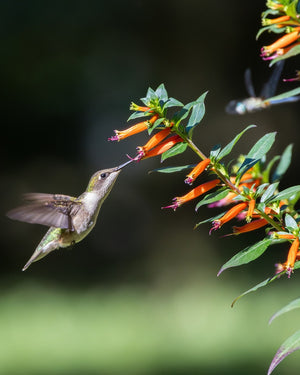
About
Cuphea is a genus in the Lythraceae family, native to the Americas. With over 250 species and cultivars, Cuphea is best known for its vivid blooms, which often resemble fireworks or the playful faces of bats, giving rise to charming names like Cuphea 'Bat Face'. The flowers come in a wide range of shades including red, orange, violet, and pink, often with contrasting throats or petals.
Popular cultivars include Cuphea 'Vermillionaire', a prolific bloomer covered in orange tubular flowers beloved by hummingbirds; Cuphea ignea, also known as cigar plant, with fiery red-orange blooms; Cuphea 'Allyson', a compact variety with lavender-pink flowers and fine foliage; and Cuphea hyssopifolia 'Violet', known for its petite, densely flowering form. Other highlights include 'Dynamite', 'Honey Bells', 'Hummingbirds Lunch', 'Sugar Bells', and Cuphea mexicana, each offering long-lasting color and irresistible appeal to pollinators.
Cuphea is especially valued for its drought tolerance and its ability to thrive in the heat and humidity of summer. Its low maintenance needs and versatility make it a go-to for gardeners seeking constant color.
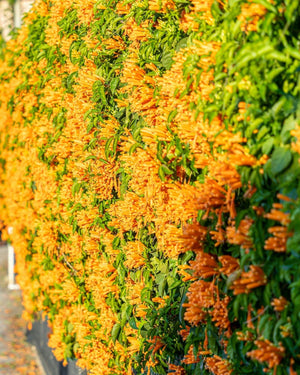
PLANTING
Cuphea is easy to establish and thrives in warm, sunny conditions. While most varieties are grown as annuals, some can be overwintered indoors or grown as perennials in frost-free climates:
- USDA Hardiness Zones: Perennial in Zones 9–11; grown as an annual elsewhere.
- Soil: Prefers well-drained, fertile soil. Amend with compost for added nutrition and structure.
- Sunlight: Full sun (6+ hours daily) is ideal for abundant flowering.
- Watering: Water regularly during establishment. Once established, Cuphea is moderately drought-tolerant.
- Spacing: Space 12–18 inches apart depending on the mature size of the variety.
- Planting Time: Plant outdoors after the last frost when the soil has warmed.
To plant, dig a hole slightly larger than the root ball, backfill, and water thoroughly. Mulch lightly to conserve moisture and reduce weeds.
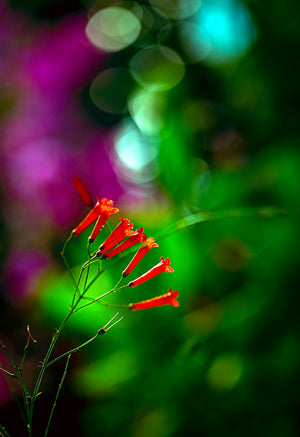
CARE
With minimal care, Cuphea will bloom profusely and provide continuous interest throughout the warm season:
- Watering: Water regularly during hot, dry periods but avoid overwatering. Well-drained soil is key to preventing root rot.
- Fertilizing: Feed with a balanced liquid fertilizer every 4–6 weeks to maintain bloom production.
- Deadheading: Most Cuphea varieties are self-cleaning and do not require deadheading, though occasional grooming can keep plants looking tidy.
- Pruning: Light pruning or pinching can encourage bushier growth, especially early in the season.
- Overwintering: In Zones 8 and colder, Cuphea can be brought indoors and grown in bright, sunny windows or overwintered in a cool greenhouse.
- Pests & Diseases: Generally pest-free. May occasionally experience aphids or whiteflies—treat with insecticidal soap if needed.
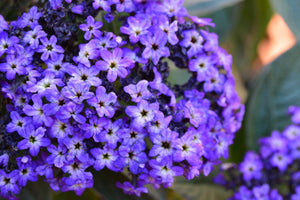
HOW TO USE
Cuphea’s unique blooms and compact form make it a versatile performer in a variety of garden settings:
- Pollinator Gardens: A top choice for attracting hummingbirds and butterflies.
- Containers & Hanging Baskets: Ideal for patio planters and window boxes with trailing or mounding forms.
- Sunny Borders: Add a burst of color along the front of flower beds or edging pathways.
- Mixed Plantings: Combine with lantana, petunia, salvia, or calibrachoa for a continuous display of vivid blooms.
- Cottage & Wildlife Gardens: Blends well with informal designs and other nectar-rich plants.
Cuphea adds movement and brightness to sunny spots. Try pairing Cuphea 'Vermillionaire' with ornamental grasses, coleus, or zinnias for dynamic contrast and texture.
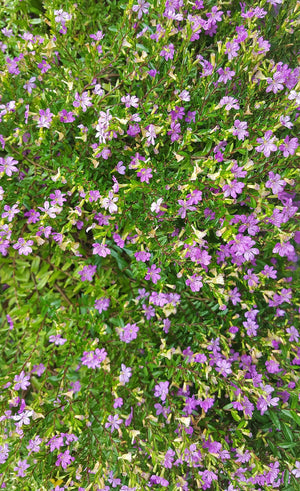
COMMON QUESTIONS
- Is Cuphea a perennial? Cuphea is a tender perennial in Zones 9–11 and grown as an annual in colder regions.
- Do deer eat Cuphea? Cuphea is generally deer-resistant and not a preferred food source.
- Do hummingbirds like Cuphea? Yes! Cuphea’s tubular flowers are a favorite of hummingbirds and attract them reliably.
- Is Cuphea toxic to dogs? Cuphea is considered non-toxic to dogs.
- Is Cuphea toxic to cats? Cuphea is considered non-toxic to cats.
- Do rabbits eat Cuphea? Cuphea is generally unpalatable to rabbits and rarely damaged by them.
Conclusion
Cuphea is a true summer star—heat-tolerant, pollinator-friendly, and bursting with color from spring through frost. Whether you choose Cuphea 'Bat Face', 'Vermillionaire', or 'Dynamite', this plant is guaranteed to energize garden beds and containers alike. With minimal maintenance and maximum reward, Cuphea is a must-have for any sunny, vibrant landscape.
The Cuphea Collection
Sold Out
Sold Out
Sold Out
Sold Out





